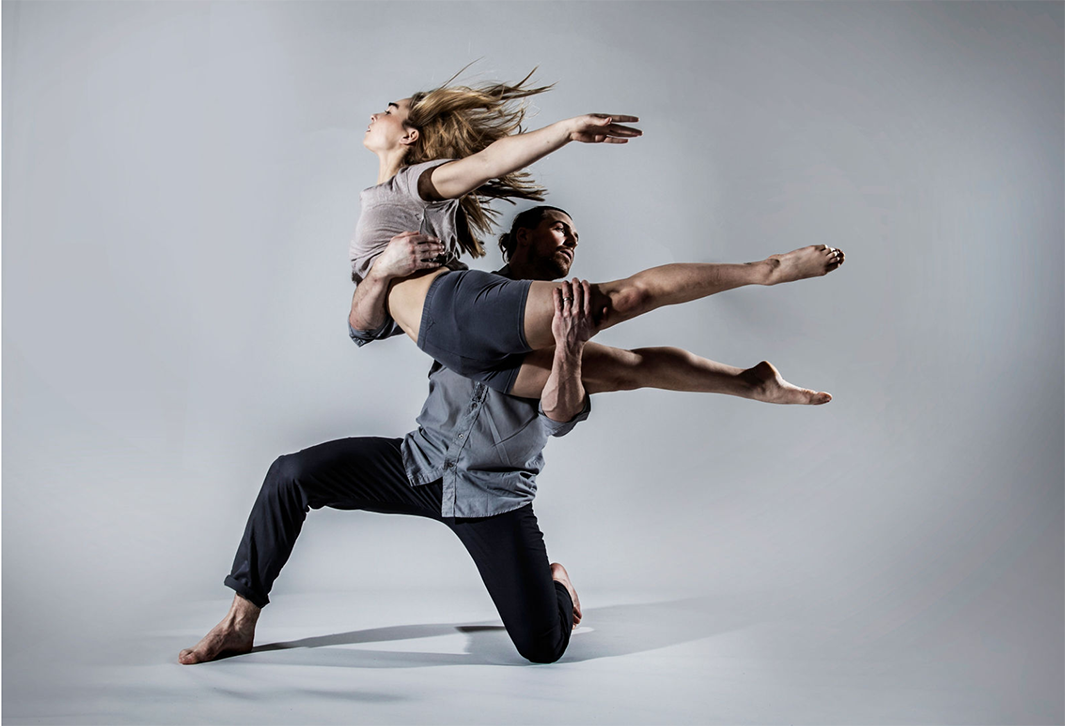Healthier Dancer Programme Conference 2015: ‘Strength and Conditioning in Dance: Power, performance and rehabilitation’ videos

The Healthier Dancer Programme Conference 2015: 'Strength and Conditioning in Dance: Power, performance and rehabilitation' was organised in response to calls from dancers, artistic directors and choreographers to revolutionise training and performance and improve dancers’ fitness and physical capacity using practices in elite and Olympic level sport. Dance as an art form is pushing both artistic and physiological boundaries. Throughout their training and careers, dancers must be prepared for the challenges of many styles, choreographic voices and physical demands.
View the recommended reading and resources from this conference
Overview of the day
Over 250 dancers, teachers, choreographers, healthcare professionals and students came to Elmhurst School for Dance in Birmingham to exchange knowledge, pose questions and sweat through intensive training sessions from leading performance enhancement coaches and dance teachers.
The day began with dance classes in breaking, ballet, contemporary and jazz techniques as an introduction to the form of training dancers usually engage in. These classes were followed by keynotes from dancers, healthcare professionals and researchers who explored the application of strength and conditioning to dance training and performance. The first panel was composed of four dancers coming from breaking, West End, contemporary and ballet backgrounds, who gave a glimpse of the reasons professional dancers integrate conditioning into their performance preparation, such as coping with demanding schedules, protecting against injury and staying physically fit for performance. The male heavy panel was due to the fact that unfortunately, female dancers who were invited to speak on the panel were not available because of performance commitments. In response to the feedback and interest in this session, Dance UK will look to hold future sessions to continue to explore perspectives from female dance artists and a special discussion on conditioning for diverse contexts for independent artists.
Following the dancers’ panel, Prof Matthew Wyon, Head of the MSc Dance Science at the University of Wolverhampton, and Greg Retter, Director of Ballet Healthcare at The Royal Ballet, spoke about the theory and principles of strength and conditioning and how they are adapted and applied to dance. Greg Retter focused on the history of strength and conditioning and gave examples of the profiling, training and research provided by the multidisciplinary team at The Royal Ballet. Prof Wyon discussed the physiological process of adaptation and the body’s responses to different training or recovery strategies. The dancer’s personal fitness, the choreography, the training and touring schedule, and the integral nature of ‘supplementary’ training were explored as key questions to design realistic and effective training.
With the help of 8 nationally and internationally recognised speakers, the second half of the day featured a choice of two 90-minute practical workshops from strength, flexibility, power, cardiovascular, rehabilitation and Pilates training. In these sessions, delegates had the opportunity to experience the training and discuss the specific adaptation into their own practice. Physically demanding and thought-provoking sessions challenged delegates to develop their practice.
One of many themes that came out of the conference was the need for more resources for independent artists who do not have the benefit of facilities and trainers dedicated to conditioning, and that while the use of strength and conditioning in dance is slowly being integrated into dance training and performance, there is still an awful lot to be done. In particular, there is a need for more research tailored specifically to dance and a need for more forums to share high-quality research and best practice for experienced practitioners already working in this field.
Perhaps the most memorable message to come out of the conference was the importance of understanding dancers’ specific schedule, aesthetic and training demands in order to support best practice and development of this important aspect of training. Dancers, teachers, choreographers and leaders must be able to apply theory into practice, and researchers and healthcare practitioners need opportunities to share new research and clinical practice to push forward dancers’ health.
Conference steering committee:
- Dr Nick Allen, Clinical Director, Birmingham Royal Ballet
- Greg Retter, Clinical Director, The Royal Ballet
- Professor Matthew Wyon, Course Leader MSc Dance Science, University of Wolverhampton
- Erin Sanchez and Sarah Beck, Healthier Dancer Programme Managers, Dance UK
- Claire Farmer, Manager, National Institute of Dance Medicine and Science
KEY INFORMATION
Who is this for? Health and Wellbeing
Created on 04 July 2023